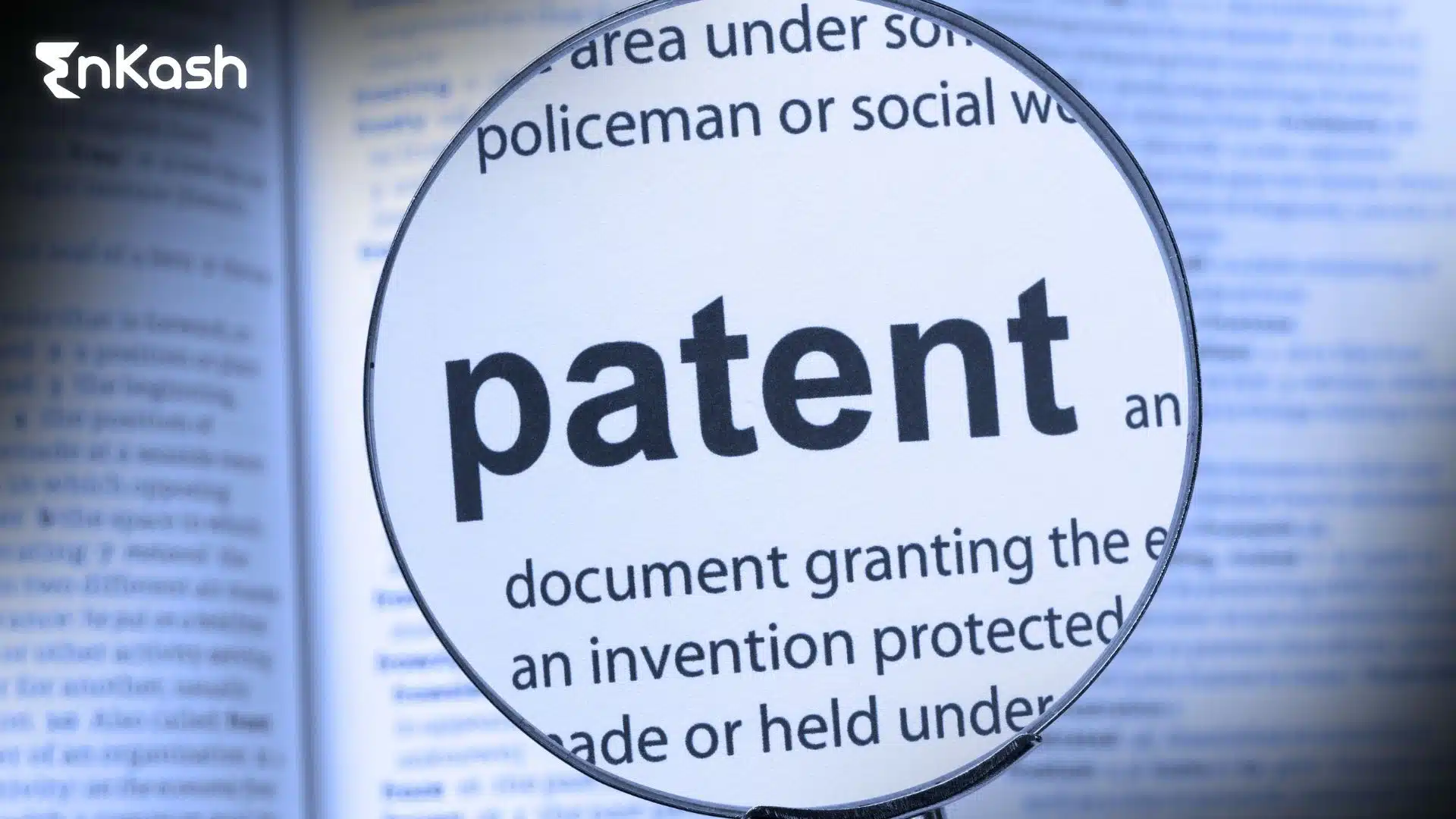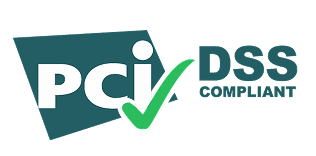What is ROC?
Every company that wishes to operate legally must register under the law. Behind this process stands ROC, or the Registrar of Companies. It functions as the central authority that records, monitors, and validates every registered business. Think of it as the archive that holds a company’s life story from the day it is formed.
The Registrar of Companies maintains all essential company data. Each region has its own ROC office that supervises the companies within its jurisdiction. Every business is required to submit details such as its directors, share capital, and annual financials. These filings help the ROC maintain an accurate public record that can be accessed whenever verification is needed.
The purpose of the ROC goes beyond paperwork. It ensures that companies are accountable for their legal obligations and maintain accurate disclosures. Without this system, it would be difficult to confirm a company’s legitimacy or financial reliability. Investors, auditors, and government bodies rely on these filings to assess credibility.
A company begins its journey with the ROC the moment it applies for incorporation. That relationship continues through yearly filings, where financial statements, reports, and returns are uploaded to the official portal. Over time, these records build a complete picture of the company’s standing and compliance.
The Registrar of Companies acts as a bridge between the corporate sector and the government. It keeps companies transparent and compliant, ensures that data remains up to date, and provides a clear public trail of accountability. In a sense, ROC safeguards the structure of corporate trust that every business depends on.
ROC Full Form and Meaning
The term ROC may sound technical, but its purpose is simple. It is the authority that gives legal identity to a business and ensures its records remain accurate throughout its existence. Every new company that wishes to be recognised under the law starts its journey here. Incorporation papers, director details, and financial statements all reach the registrar before a business can truly stand on its own.
Within company law, the Registrar of Companies represents structure and accountability. It works under the Ministry of Corporate Affairs and keeps a close watch on filings made by private and public companies. Each office manages its assigned region and verifies that companies under its jurisdiction follow the rules of the Companies Act. A missed report, an unfiled document, or an outdated record can lead to penalties. The registrar’s job is to keep such lapses in check.
The meaning of ROC changes with context. In finance, it can mean Return on Capital, while in banking, it can refer to performance ratios or regulatory filings. But when people discuss ROC in the corporate sense, they mean the body that registers and records company information.
For every business, the ROC full form serves as more than a term in compliance checklists. It is a reminder that legality and transparency go hand in hand. Every submission made to the registrar reinforces that bond between a company’s actions and its responsibility to remain open, accountable, and true to the law.
Registrar of Companies (Structure and Authority)
The Registrar of Companies serves as the official record keeper for every legally registered business. It functions under the Ministry of Corporate Affairs and forms part of the country’s corporate governance network known collectively as ROC India. Each state or region has its own registrar who supervises the companies operating within that boundary and ensures that they follow the rules set out in the Companies Act.
This framework is designed to create order where thousands of businesses coexist. Every ROC office maintains complete records of companies and limited liability partnerships. It keeps track of details such as a company’s name, registration number, directors, share capital, and registered office. When a company alters its structure, shifts location, or appoints new directors, it must update those changes with the registrar. That practice defines the Company ROC meaning, a system built on transparency, accuracy, and legal continuity.
Under company law, the Full form of ROC in company law is Registrar of Companies. It is not a ceremonial post but an empowered position that can demand clarifications from directors, inspect books of accounts, or initiate legal proceedings if compliance lapses occur. The same office also processes corporate activities like amalgamations, dissolutions, and structural conversions.
Outside this sphere, the ROC full form in banking or the ROC full form in finance may refer to Return on Capital. The meaning shifts with context, yet in legal administration, ROC always leads back to the authority that validates and records the existence of a business.
Through this body, the government builds accountability into the corporate system. The data filed with the ROC acts as a public record, open for verification by investors, banks, and regulators. Every certificate and every form uploaded becomes part of a company’s reputation. In many ways, the Registrar of Companies acts like a mirror for the corporate landscape. It reflects compliance, highlights negligence, and preserves the credibility that keeps commerce functioning.
ROC Functions and Responsibilities
The Registrar of Companies forms the backbone of business regulation and transparency. Its duties reach far beyond reviewing forms or collecting filings. This authority creates the framework that keeps every registered company visible, lawful, and traceable.
Registration and Incorporation
Every company begins its journey with the ROC. Before it can operate, the registrar verifies the documents, checks the proposed name, and issues the Certificate of Incorporation. That single certificate grants a company its legal standing. From there, the registrar continues to track its details, ensuring that each update or change is correctly reflected in official records.
Record Maintenance
Each regional ROC office maintains a digital register of every active company and limited liability partnership. The information includes the company’s name, directors, share capital, and registered office. Whenever changes occur, filings are made to update the register. This system allows anyone, from investors to lenders, to verify a company’s legal and financial background with confidence.
Regulatory Oversight
The Registrar of Companies acts with legal authority. It can inspect documents, demand clarifications, or begin proceedings if a business ignores its statutory duties. This oversight keeps the system fair and prevents misuse of corporate structures.
Corporate Approvals and Actions
The registrar’s work continues as companies grow. Actions like mergers, share transfers, or the shifting of offices need formal approval through ROC filings. Nothing major happens in a company’s structure without the registrar being informed.
Digital Compliance and Modernisation
Modern ROC India has moved to an online platform under the Ministry of Corporate Affairs. Businesses now file forms, reports, and financials electronically. This shift has made compliance faster, easier to monitor, and publicly accessible.
In its simplest form, the Registrar of Companies acts as both a guide and a gatekeeper. It ensures that the legal identity of every company stays intact, that compliance is transparent, and that corporate activity remains within the boundaries of trust and law.
ROC Filing and Compliance Dates
Every registered company must report its financial activities to the Registrar of Companies within specific time limits. These filings create a transparent record of performance and compliance. Missing a deadline can lead to penalties or even the disqualification of directors, which makes knowing the ROC filing dates essential for every business.
Annual Filing Requirements
The process starts after the Annual General Meeting, when the company finalises its accounts and prepares the necessary documents. Two main forms are required each year: AOC-4 for financial statements and MGT-7 or MGT-7A for the annual return. Together, they give the registrar a clear view of the company’s structure, ownership, and financial health.
Common ROC Filing Due Dates
Form |
Purpose |
ROC Filing Due Date |
Applicable Entity |
Late Fee / Penalty |
AOC-4 |
Filing of financial statements |
Within 30 days of the AGM |
Private and Public Companies |
₹100 per day of delay |
MGT-7 / MGT-7A |
Annual return submission |
Within 60 days of AGM |
All registered companies |
₹100 per day of delay |
DIR-12 |
Appointment or resignation of a director |
Within 30 days of the event |
All companies |
An additional fee based on the delay |
ADT-1 |
Auditor appointment |
Within 15 days of AGM |
All companies |
Late fee as per the MCA schedule |
Maintaining a Compliance Calendar
Creating an internal compliance calendar is the easiest way to stay on track. It helps companies prepare documents early, review financial data, and file without stress. Many businesses use professional company secretaries or compliance software to manage reminders.
Digital Filing with ROC India
All filings are done through the MCA portal, which supports electronic verification using a Digital Signature Certificate. Once the forms are submitted, the system generates a receipt and updates the company’s status under ROC India. This online process keeps the system efficient, traceable, and accessible for anyone who wishes to check a company’s compliance history.
Meeting these ROC filing due dates is not just about avoiding penalties. It signals credibility. A company that files on time shows discipline, transparency, and reliability, qualities that strengthen its reputation with regulators and stakeholders alike.
ROC Documents and Certificate
Every company communicates with the Registrar of Companies through a trail of paperwork that defines its existence. These filings record what the company owns, earns, and declares. Together, they create a transparent snapshot that anyone can trace. Miss a step, and that picture becomes incomplete.
Key ROC Documents for Filing
Each year, companies send their financial and structural details to the ROC for verification. The important ROC documents include:
- AOC-4, which carries audited financial statements like the balance sheet and profit and loss report.
- MGT-7 or MGT-7A, a summary of directors, shareholders, and the overall company structure.
- ADT-1, the record of the auditor’s appointment.
- DIR-12, the form that marks any change in the company’s directorship.
These filings are more than formalities. They confirm that the company continues to operate within the law and that its details are current.
Supporting Documents Required
Alongside these primary forms, companies attach verified resolutions, the auditor’s report, and digital signatures from authorised directors. Each attachment serves as proof that the information has been reviewed and approved. The registrar examines these documents closely before recording them in the public register.
Understanding the ROC Certificate
A ROC certificate is issued when a company is first incorporated. It is called the Certificate of Incorporation and acts as legal proof that the entity exists. Over time, more certificates may be issued, for example, when a business changes its name, moves its registered office, or begins operations under a new structure. Each certificate carries a unique identification number and official validation from the registrar.
Accessing ROC Records through the Portal
Anyone can view or download these documents through the Ministry of Corporate Affairs portal. This access allows banks, investors, and partners to verify details before making business decisions. Transparency here builds confidence and reduces the risk of fraud.
In the end, these ROC documents and certificates trace a company’s compliance story from its very first registration to every filing that follows. They hold the fingerprints of accountability, showing how closely a business values accuracy, order, and trust.
ROC Return and Due Date
Every registered company has a yearly responsibility to update the Registrar of Companies about its activities through a formal ROC return. It may sound procedural, but this filing is what keeps a company’s legal existence alive. Each submission tells the registrar how the business has changed, how it performed financially, and who currently manages it. Without this, even a thriving enterprise can appear inactive on record.
Meaning of ROC Return
Think of a ROC return as the company’s yearly reflection. It summarises where the business stands, what decisions were made, and how its structure evolved through the year. The forms used for filing, such as AOC-4 and MGT-7 or MGT-7A, capture financial statements, shareholding patterns, and directorship details. Each form carries an authorised digital signature and requires board approval before submission.
ROC Return Due Date
The ROC return due date ties directly to the company’s Annual General Meeting. The financial statement in Form AOC-4 must be filed within 30 days of the AGM. The annual return, filed through Form MGT-7 or MGT-7A, follows within 60 days. Separate filings like ADT-1 for appointing auditors and DIR-12 for director changes follow their own timelines. Missing these due dates can get expensive, as penalties accumulate daily until the lapse is corrected.
Importance of Timely Filing
Submitting the ROC return on time does more than satisfy a rulebook. It tells regulators, investors, and banks that a company is reliable and transparent. A delay, on the other hand, can mark it as non-compliant. That single label can cause problems with future funding or even restrict directors from holding positions in other companies.
Filing Through the ROC India Portal
Today, everything happens digitally through the MCA portal under ROC India. Once uploaded, each document becomes part of the company’s permanent public record. Anyone can verify it, which keeps the process clean and credible.
Meeting the ROC return due date is about discipline as much as duty. Companies that file on time send a quiet but clear message: they value their reputation and respect the system that grants them their legal standing.
Importance of ROC Compliance
Compliance with the Registrar of Companies may look like a routine task, but it is what keeps a company legitimate in the eyes of the law. Every filing, every update, builds a trail of accountability. Without it, the company’s reputation can crumble faster than its numbers change on paper.
Legal Necessity
The ROC acts as the final authority that decides whether a company has followed the requirements of the Companies Act. Filing annual returns, maintaining records, and updating information are all legal duties, not optional tasks. If ignored, these lapses can lead to financial penalties or even the removal of the company from the official register.
Credibility and Financial Standing
Timely compliance helps a company build trust. Investors, lenders, and even customers rely on ROC filings to gauge a business’s health. A company that updates its ROC documents on time appears responsible and disciplined, traits that carry weight during funding or partnership decisions. Banks often check these records before approving loans or extending credit.
Corporate Stability
The filings made to the Registrar of Companies form an unbroken record of the company’s journey. They protect it during audits, mergers, and legal disputes. This transparency assures stakeholders that nothing is hidden behind numbers or names.
Public Confidence
Through the ROC India portal, anyone can view a company’s filings. This open access builds confidence across the business landscape. People are more likely to trust and work with companies whose records are available for public inspection.
Conclusion
The Registrar of Companies stands quietly behind every registered business, shaping how law and trust meet. It is the system that records who exists, who complies, and who keeps their promises. Every document a company files, every form it signs, builds a trail that proves its integrity.
Meeting ROC filing deadlines and maintaining accurate ROC documents are not chores to be checked off a list. They are habits that reflect a company’s discipline. A business that stays current with filings earns confidence from investors and financial institutions. It shows that its growth is steady, its governance sound, and its intent transparent.
In many ways, the ROC acts like a compass for corporate conduct. It points companies toward accountability, ensures they stay visible, and keeps the framework of commerce clean. When a business respects that process, it does more than follow the law, it earns the quiet kind of credibility that lasts.
FAQs
1. What information is included in a company’s ROC record?
A company’s ROC record contains its registration details, directors, share capital, registered office address, and annual filings. It also includes financial statements, auditor information, and certificates issued by the registrar. Anyone can view these records through the Ministry of Corporate Affairs portal to verify the authenticity of a business.
2. How can I check if my company’s ROC filing is complete?
You can visit the official MCA portal and search for your company name or Corporate Identification Number. The site displays filing status, due dates, and uploaded forms. If any filing is missing or delayed, the system shows it as pending. This helps businesses track compliance in real time.
3. What happens if a company does not file ROC returns for several years?
Ignoring ROC filing for consecutive years can lead to severe consequences. The company may be marked inactive or even struck off the register. Directors may also be disqualified from managing any company for a specific period. Restoring a struck-off company involves legal proceedings and additional penalties.
4. Can a private limited company file its ROC return without holding an AGM?
A private limited company cannot skip the Annual General Meeting. The ROC return depends on the AGM date to calculate due dates for forms such as AOC-4 and MGT-7. If an AGM is delayed, the company must file an application to extend the timeline, or it risks late fees and penalties.
5. What is the purpose of a ROC certificate?
A ROC certificate serves as legal proof that a company exists under the Companies Act. It is issued at the time of incorporation and during significant corporate events like a change of name or registered office. The certificate confirms the registrar’s approval and is essential for official and financial dealings.
6. How can companies retrieve lost or old ROC certificates?
Companies can log into the MCA portal and request certified copies of old filings or certificates. After payment of a small fee, digital copies can be downloaded directly. This process ensures businesses always have access to their compliance history for audits, mergers, or investor verification.
7. Is ROC compliance mandatory for all types of companies?
Yes, every company registered under the Companies Act must comply with ROC India regulations. Whether it is a private, public, or limited liability partnership, each entity must file its annual statements and returns on time. The rules apply equally, regardless of the size or scale of the business.
8. How does ROC filing affect a company’s funding prospects?
Lenders and investors rely heavily on ROC documents to assess a company’s financial credibility. When filings are up to date, it signals accountability and strong governance. Missing filings or incorrect disclosures can delay funding, reduce investor confidence, or lead to rejection during due diligence.
9. Can ROC returns be corrected after submission?
Yes, if a company finds an error in a submitted return, it can file a revised version by following the process set by the registrar. However, revisions must be made promptly, as late corrections may still attract additional fees. Careful review before submission helps prevent such issues.
10. Why is ROC compliance important beyond avoiding penalties?
Consistent ROC compliance builds a company’s public reputation. It tells clients, investors, and authorities that the organisation operates within the law and values transparency. More than a rule, it is a reflection of reliability. Companies with a strong compliance record enjoy smoother operations, easier funding, and greater trust.








